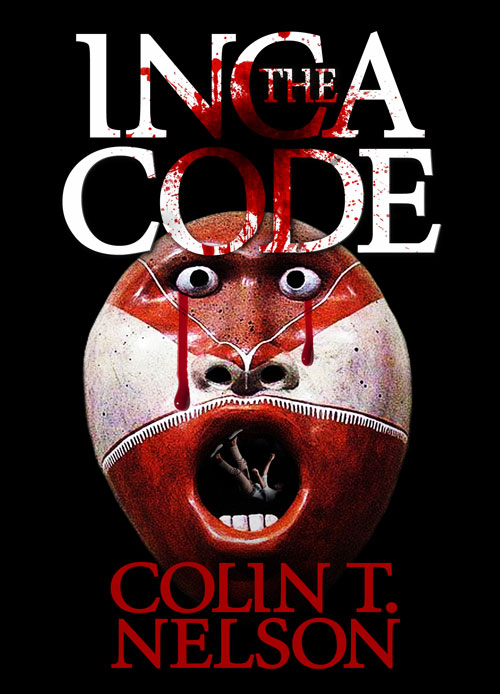You’ve all seen it: The famous line-up which formed the image for the film, The Usual Suspects. The cops ask the victim/eye witness to identify the man that robbed him. The suspects all look alike and are asked to step forward. They even speak the same words the eye witness remembers.  In most movies, at this point, the eye witness cringes in remembered fear and yells, “That’s him!”
In most movies, at this point, the eye witness cringes in remembered fear and yells, “That’s him!”
In real life, how reliable is an eye witness to a crime? We all think our memory is good. Especially, if something traumatic happened to us. We believe the memory of that would be “burned into our minds.” But is this true? After almost 40 years of working as a criminal lawyer, here are some myths about eye witness identification.
- A traumatic event will “burn the image into the mind.”
- If an eye witness is confident about the identification, it’s probably correct
- If the eye witness can pick-out a suspect from a line-up, it’s probably correct
- Our memory is good—“I never forget a face.
Sound familiar to you? Here’s a statistic that will surprise you. Many people who have been convicted by eye witness testimony at trial have had their cases reviewed with the advent of DNA testing. As you know, DNA testing is very accurate about the identification of the perpetrator. Where DNA has exonerated these convicted people, 3/4 of the people were found guilty at trial by the testimony of multiple eye witnesses! That proves that many times, eye witnesses can be wrong—even though they testified under oath that they were able to identify the accused. Shocking, isn’t it?
Before we explore why this happens, let’s look at the scientific research behind eye witness identification. There are three steps used today.
- Lab work. Scientists take complex, heinous crimes (like rape) and dissect the steps used by an eye witness to identify the attacker. For instance, even if an eye witness can’t remember facial features, maybe she remembers the hair and its shape. An example I saw, involved volunteers from a local college who viewed a short video of a purse snatching. The perpetrator was clearly visible in the film. Later, the volunteers were asked to pick-out the perp from a series of photos. Researchers kept track of the accuracy (or lack) of their choices and interviewed them to find out what items jogged their memories and why they made their identifications.
- Meta analysis– After the individual lab research is completed and analyzed, it’s compared with testing data done at many other labs to try to confirm patterns about how people remember and identify perpetrators.
- The results are tested in field experiments where fake crimes are staged with volunteers to try and re-create an actual crime.
Instead of relying on old myths like, “I never forget a face,” the researchers have come up with scientifically supported patterns and reasons for how people remember criminal events. In the next post, we’ll look at what these scientists found. Why do errors occur that can cause innocent people to be wrongfully convicted?






